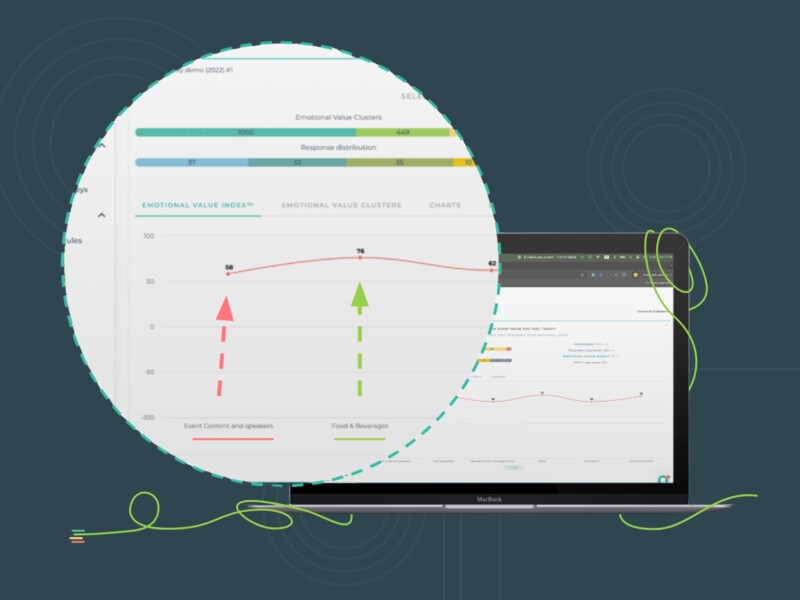An excellent customer experience is often a result of excellent employee experience. After all, it’s not easy to keep your customers happy without the contribution of your employees. Companies blossom when they make their employees feel appreciated. However, many brands overlook the importance of employee experience.
One of the top CX trends in 2024 is the increased focus on employee experience, not just as a means of better branding but also as the ultimatum to keep customers happy and satisfied. So, let’s dive into it in detail.
What Is Employee Experience?
Employee experience (EX) is how employees regard and feel about the company they work for, and it encapsulates all their interactions with their company, starting from the beginning. A positive employee experience is when employees feel valued, respected, and happy. Above all, they feel emotionally connected and loyal to the brand.
How Employee Experience Leads to Better Customer Experience
As one of the key points of contact between customers and the brand, customer-facing employees play a big role in improving customer satisfaction, maintaining your brand identity, and fueling growth. They are responsible for creating a great first impression and convincing customers to shop with the brand.
However, even internal-facing employees impact customer experience as their productivity and problem-solving skills are crucial in offering customers a seamless buying journey. Customers prefer brands that offer prompt assistance, deliver a consistent experience, and listen to their feedback, and employees are responsible for managing all these tasks.
Designing a Comfortable Work Experience
Poor working conditions are a major reason employees feel uncomfortable and frustrated and perform poorly. So, as the first step, consider if you have created a positive ambiance for them to carry out their role efficiently. It involves ventilated workspaces, ergonomic furniture and equipment, and a dedicated space for relaxing during breaks.
Also, consider if the technology adopted by the company is user-friendly, intuitive, and enhances their experience. Moreover, internal organizational processes and procedures need to be streamlined to help employees fulfill their requests faster, whether it’s coordinating with another team/unit or requesting leave.
Building the Emotional Connection
For a truly outstanding employee experience within the organization, businesses must focus on connecting with their employees at an emotional level. Fostering a work culture where employees feel comfortable expressing their thoughts and opinions is one step. When they feel valued, they reciprocate it by performing their role efficiently.
Managers should encourage open communication and be empathetic towards their team members’ experiences and emotions. Workers who feel happy and positive will pass on the energy to customers, enhancing their experience.
Rewarding Your Employee’s Effort
Next to customers, employees are your best advocates. They can take your brand to the next level when their contribution is acknowledged and rewarded. While training programs and skill-development workshops can help employees improve their tasks, a fair financial incentive also affects employee satisfaction and productivity to a great extent.
Brands that are serious about retaining their best employees and nurturing them often have attractive financial and non-financial incentives tied to performance. These encourage employees to be more efficient and help build a strong work ethic that will eventually be reflected in customer experience.
Measuring and Improving EX
As with CX, employee experience should be tracked, measured, and improved consistently to ensure employees are satisfied with their roles. So, in addition to programs for improving engagement, adopt a routine practice to measure their happiness and satisfaction weekly through messages on Slack, email, or notifications via the intranet. For example, in Feedbackly, we have an automated message that pops up weekly on Slack asking for feedback.
More importantly, use the data collected through them and compare them with your CX data to identify correlations. They will also help you determine the root causes of pain points that customers experience throughout the buying journey.
Case Study: Learn from industry leaders
At the fireside chat with Stockmann, one of the leading retailers in Finland, among other topics, we also had a very interesting discussion about how Stockmann has built their employee engagement program. You can access the webinar replay here (direct access, not gated).



